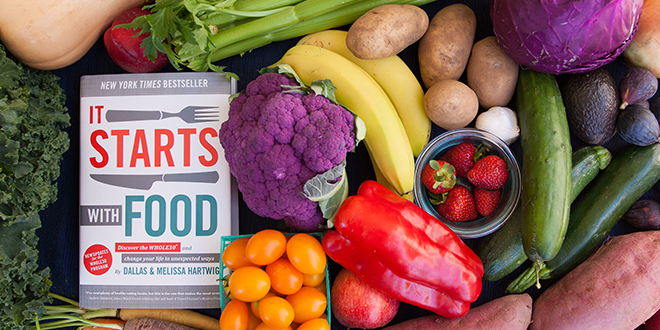I am going to fact check the claims made in It Starts With Food by reviewing all 450+ citations provided by the authors. Got your attention? Good, keep reading.
That Was Then
I was introduced to the Whole30 by way of my CrossFit gym (yes, I’m a cult member. Leave me be!). Like many other CrossFit gyms, they offered a paleo-centric nutrition program. For the program, you had to read through the Whole30’s book, It Starts With Food (ISWF), as well as various other texts about the importance of sleep, nutrition, etc. The program lasted 60 days and was a stricter version of what is prescribed by ISWF. On the traditional program, they essentially get you down to eating meat, veggies, fruits, and nuts for 30 days. At my Crossfit gym, we got down to eating meat, veggies, and some nuts during weeks 6-8. It was tough. The purpose of the program was three-fold:
- Have people foster a healthy relationship with food
- Break bad food habits/cravings
- Get participants to eat healthier
My friends that were on it lost a ton of weight. The average weight loss for men seemed to be about 30 lbs. (13.6 kg) over two months granted some of this would have been water weight loss due to the low carb nature of the diet. People felt great, they slept better and talked about how much more energy they had. I even saw improvements in some of my metabolic markers.

